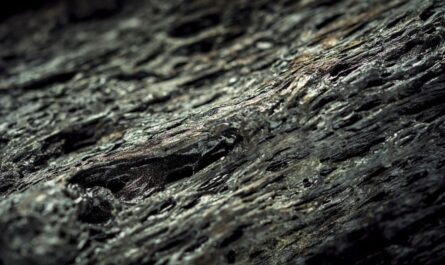However, the diverse array of chemicals used to manufacture, dye and treat textiles has become a cause for concern for both human health and the environment. In this article, we explore the key textile chemicals used, their functions, benefits as well as controversies surrounding their use.
Dyeing Chemicals
Dyes are the most visible and controversial chemicals used in textiles. They are used to impart color to fabrics during the dyeing process. The two main types of dyes used are synthetic dyes and natural dyes. Synthetic dyes are often made from petrochemicals and heavy metals like azo dyes, which contain carcinogenic compounds like benzidine. They are favored for their availability in a wide range of vibrant colors and good fastness properties. However, the residues of heavy metals and other toxic chemicals from synthetic dyes can leach out during washing and end up polluting waterways.
Natural dyes derived from plants, insects or minerals offer a more eco-friendly alternative. However, their extraction processes require large volumes of water and agrochemicals. They also produce softer shades and have poorer light and wash fastness compared to synthetic dyes. With growing health and environmental concerns, low-impact dyeing techniques using ozone, ultraviolet light or enzymatic processes are gaining popularity, but synthetic dyes still dominate over 90% of the global dye market due to their versatility and low costs. Governments are working to phase out the most hazardous dye types through regulation.
Finishing Chemicals
Subsequent to dyeing, textiles undergo various finishing treatments using different chemicals to enhance properties like luster, wrinkle resistance, water and stain repellency. Traditionally, fluorocarbons like PFCs were used to impart water and oil repellency. However, they are highly persistent in the environment and contribute to global warming. Alternatives like silicone finishes offer comparable performance without the environmental impacts.
Formaldehyde-based resins are commonly used for wrinkle resistance, crease recovery and easy care properties but release small amounts of formaldehyde over time. This volatile organic compound is a known carcinogen and indoor air pollutant. Low-emitting durable press finishes using citric acid, dimethylol dihydroxy ethylene urea (DMDHEU) or polymer emulsions are safer alternatives being adopted. Enzyme-based bio-polishing treatments offer natural shine without harsh chemicals too.
Fire Retardants
Flame retardants are essential for many industries like aerospace, Textile Chemicals electronics and transportation to meet stringent safety standards. However, traditionally used halogenated compounds like polybrominated diphenyl ethers (PBDEs) accumulate in human tissues and breastmilk, disrupting hormones. Alternatives based on phosphorus, nitrogen and inorganic compounds offer less toxicity but their long-term effects need monitoring. Some textile manufacturers are exploring inherently flame-resistant natural fiber blends as a more sustainable solution.
Contaminants in Dyes and Chemicals
Another concern is the presence of carcinogenic aromatic amines as contaminants in azo dyes. These must be avoided or levels strictly regulated. Heavy metals like chromium, cadmium, lead and mercury from unfinished dye baths also pollute water if not treated properly before discharge. Suppliers now focus on traceability and ensuring zero contamination throughout the chemical supply chain using techniques like mass balance. Governments globally are strengthening regulations on chemicals management to safeguard human and environmental health.
With growing health consciousness, consumers are also demanding green certifications like Bluesign, OEKO-TEX 100 and GOTS which audit chemical inputs, effluent treatments, workplace safety etc. This is encouraging textile producers to implement cleaner production processes using fewer hazardous substances based on the principles of green chemistry and sustainability. Digital passport technologies are gaining traction to provide transparency into chemical formulations and product histories too.
While textile chemicals have benefits, their lifecycle impacts warrant judicious use of safer alternatives wherever possible. A balance needs to be struck between performance, costs and sustainability. With collaboration across the value chain and advancement of green technologies, the textile industry will continue transitioning towards more responsible manufacturing using chemicals that are not only functional but also healthier for people and the planet. Ongoing research into bio-based, low-impact solutions holds promise to make industry truly sustainable and circular in the future.
Note:
1. Source: Coherent Market Insights, Public sources, Desk research
2. We have leveraged AI tools to mine information and compile it




